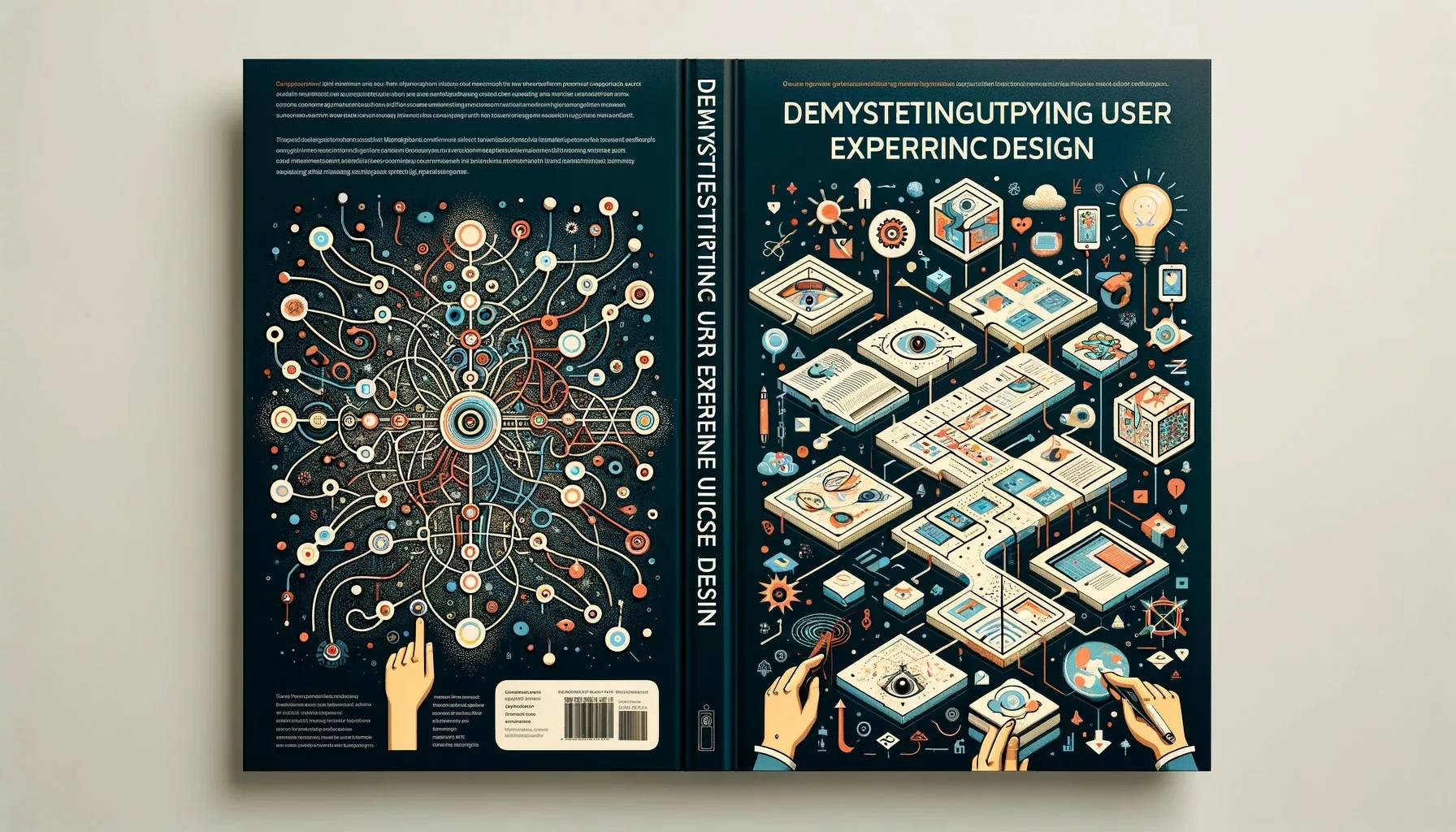Understand the principles and best practices of user experience (UX) design to create websites that delight users and drive business success. From usability and accessibility to visual design and interaction design, learn how to apply UX principles to design intuitive and engaging digital experiences.
User experience (UX) design plays a critical role in creating websites and digital products that are intuitive, engaging, and user-friendly. By understanding the principles and best practices of UX design, businesses can create websites that delight users, drive engagement, and achieve their business objectives. Here’s how to demystify UX design and apply its principles effectively:
- Understand User Needs:
The foundation of UX design is understanding the needs, goals, and preferences of your target audience. Conduct user research to gather insights into user behavior, motivations, and pain points. Develop user personas to represent different segments of your audience and use them to inform design decisions and prioritize features and functionality. - Focus on Usability:
Usability is a key aspect of UX design, ensuring that websites are easy to use and navigate. Design with usability principles in mind, such as simplicity, consistency, and intuitiveness. Use clear and descriptive labels, organize content logically, and provide intuitive navigation paths to help users find what they’re looking for quickly and easily. - Prioritize Accessibility:
Accessibility is essential for ensuring that websites are usable and accessible to users with disabilities. Design with accessibility guidelines such as WCAG (Web Content Accessibility Guidelines) in mind, ensuring that websites are perceivable, operable, understandable, and robust for all users. Provide alternative text for images, use semantic HTML markup, and ensure that interactive elements are keyboard accessible. - Create Clear Information Architecture:
Information architecture (IA) is the structural design of websites, organizing content and functionality in a logical and intuitive manner. Develop a clear and intuitive IA that helps users find what they need efficiently. Use techniques such as card sorting and tree testing to validate your IA and ensure it aligns with user expectations and mental models. - Design for Visual Appeal:
Visual design is an important aspect of UX design, influencing users’ perceptions and emotions. Create visually appealing designs that reflect your brand identity and engage users. Use color, typography, imagery, and whitespace strategically to create a visually harmonious and engaging user interface. Ensure that design elements are consistent and aligned with your brand guidelines. - Optimize for Interaction Design:
Interaction design focuses on creating meaningful and intuitive interactions between users and digital products. Design interactive elements such as buttons, menus, forms, and feedback messages with usability and accessibility in mind. Use clear visual cues, feedback mechanisms, and affordances to guide users through the interface and communicate interaction states effectively. - Test and Iterate:
User testing is essential for validating design decisions and identifying usability issues early in the design process. Conduct usability testing with real users to gather feedback and insights into their experience with the website. Use A/B testing, prototype testing, and heuristic evaluation to identify areas for improvement and iterate on your designs based on user feedback and data-driven insights.
By understanding the principles and best practices of UX design, businesses can create websites and digital products that deliver exceptional user experiences and drive business success. Focus on usability, accessibility, visual design, and interaction design to create intuitive, engaging, and user-friendly digital experiences that delight users and achieve your business objectives.
